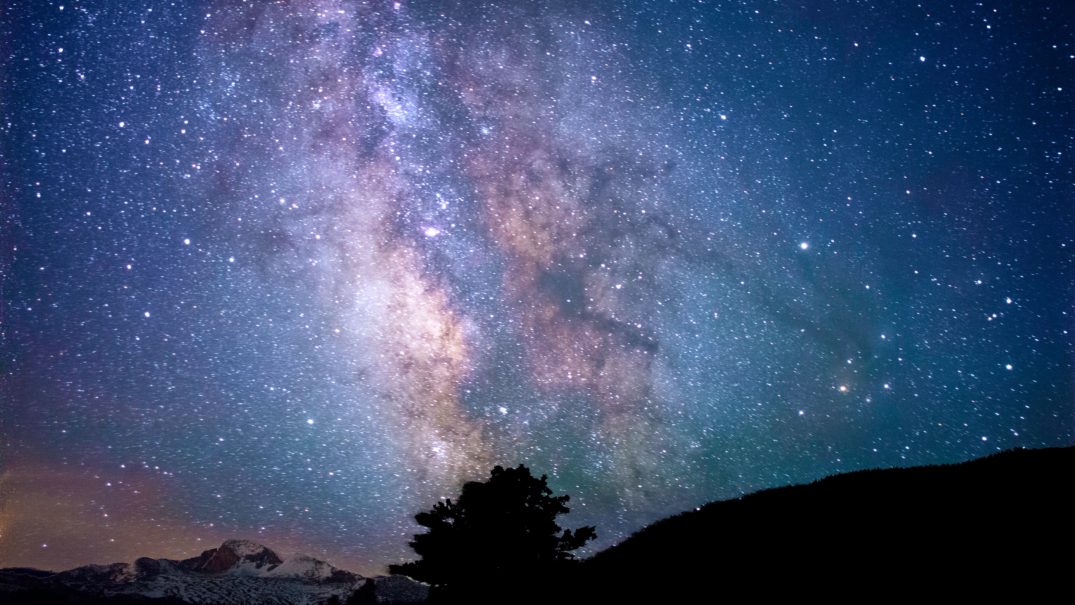Reaching for the Stars with 3D Holograms
Time:2019-09-11 From:
3D technologies have more than once helped simplifying complicated issues. A research team from the University of Leeds now uses 3D holograms in order to demonstrate how massive stars form.

Abstract concepts are especially hard to comprehend when you’re not an expert in the field. Astronomy is one of those fields that need a lot of brain work to become clear to the average person. For a long time, 3D technologies have been the ideal means to simplify matters by producing small-scale prototypes or the like. 3D holograms, now, might be the perfect tool to explain the universe – or more precisely to show how massive stars form in an easy to understand and visually engaging way.
Two months ago, Dr. Anne Buckner from the research team at the University of Leedspresented the technology at the Royal Astronomical Society‘s National Astronomy Meeting in Lancaster.
Let the Show Begin
The team developed a one-hour workshop in which their audience is taken through the story of star formation. The hologram is produced by an upside-down Perspex pyramid placed on a large monitor, which plays a specially produced video. The size of the monitor at the University of Leeds is 65 inches, but they also have a smaller version with a 32-inch monitor which they can take to schools, conferences, and public events such as festivals.
The basis for this project – which goes by the name of StarFormMapper – is a combination of observational as well as theoretical data.
The Idea Behind the Holograms
The idea of the 3D holograms originates in the 19th century. “As a fan of magic I was aware of an illusion called ‘Pepper’s Ghost’ which has been around since the 1800s”, says Dr. Buckner. “We wondered if we could adapt something similar to this to work for astronomy, and as a result we have the ability to project 3D holograms bringing millions of years of stellar evolution to life.”
In order to excite school kids about astrophysics, the research team gave it a try and started working on the practical implementation of their idea, as it was the most cost-effective option as oppsed to, for example, virtual reality headsets.
Astronomy to Go
After the workshop, the visitors can even take a small-scale hologram suitable for their smartphones home with them.
The Next Steps
At the moment, the StarFormMapper team around Dr. Bucker Is planning to take their workshops on tour and focus on secondary schools in West Yorkshire. Also they are working on an app to make their show available for smartphones and tablets at home.
Progress in hologram technology will probably not come to a halt in the next few centuries, so we’re excited what’s next. If you want to learn more about holograms and how they can be connected with printing technologies, click here.
3D holograms are a promising solution in order to simplify complicated and hard to image matters. Where else can you see this technology to find usage?
